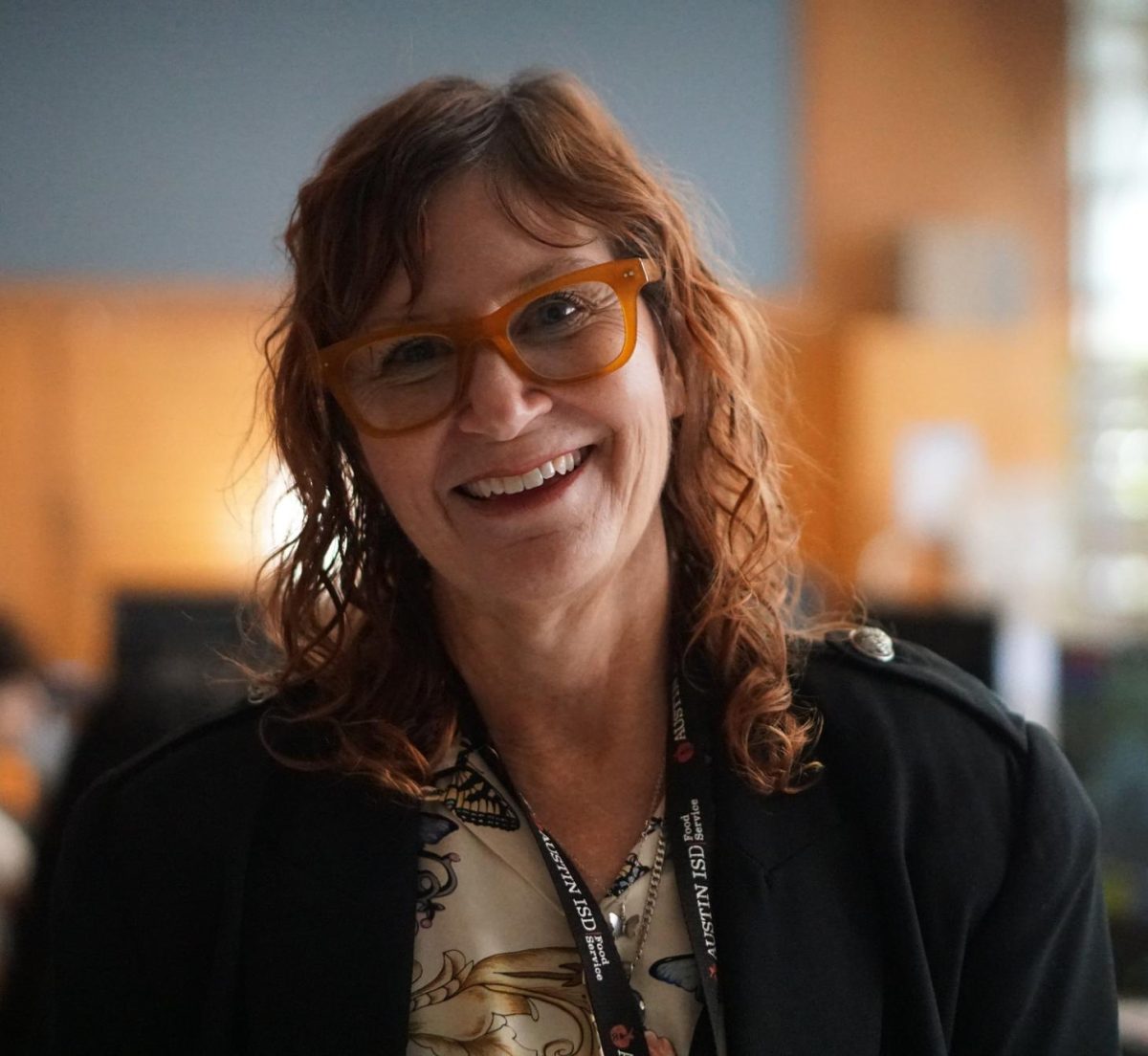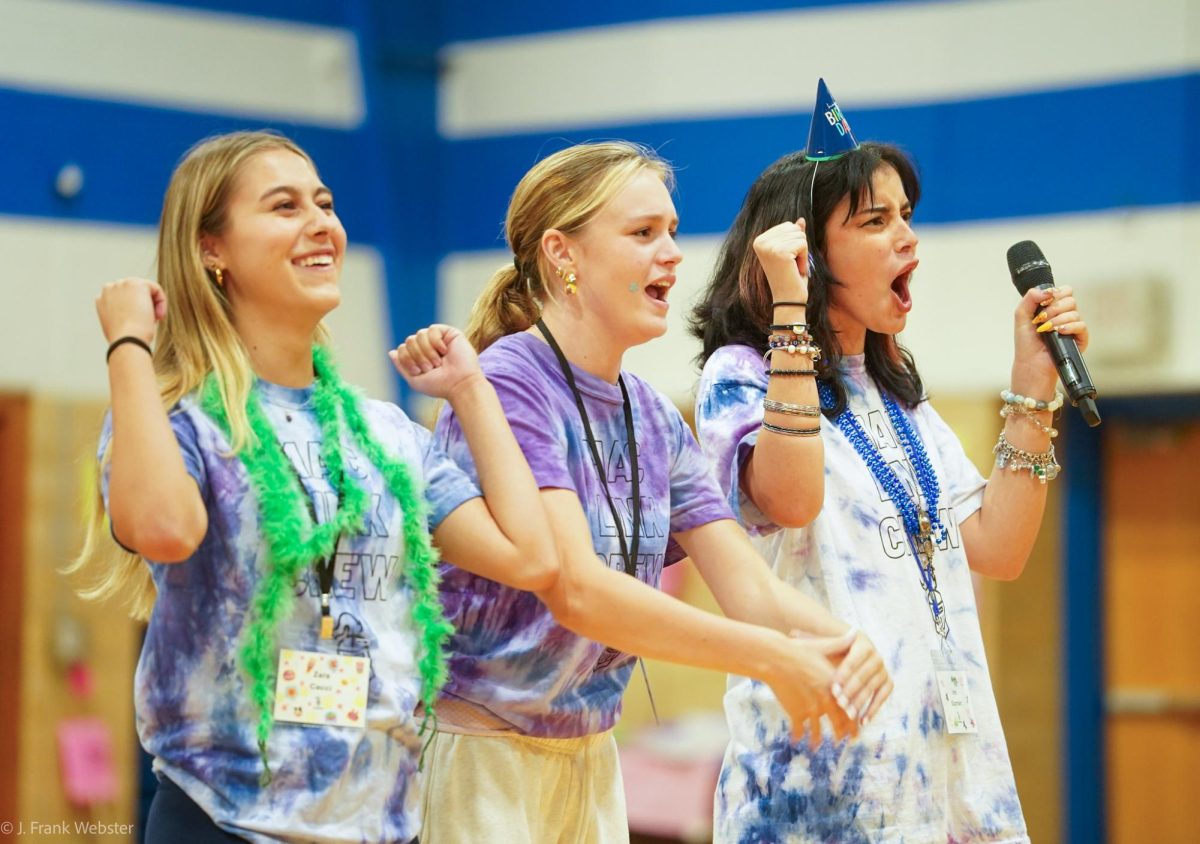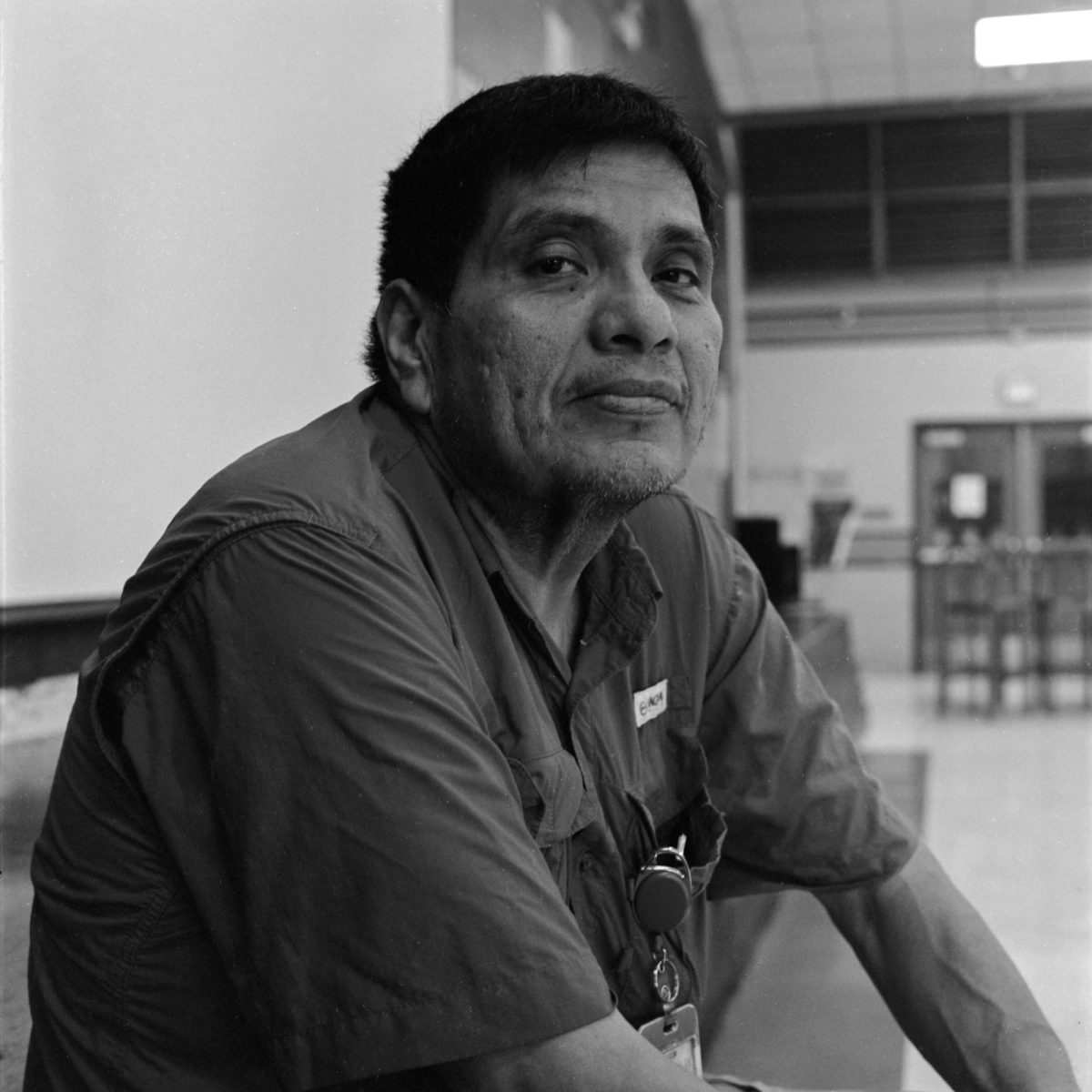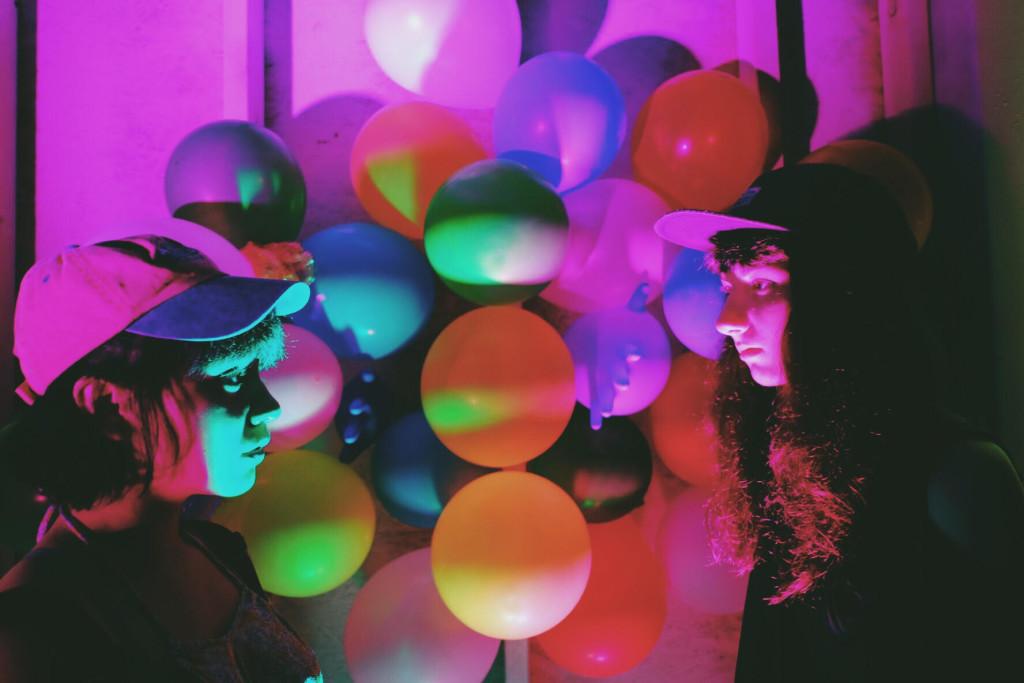
Junior visual arts major excels in photography, pushes boundaries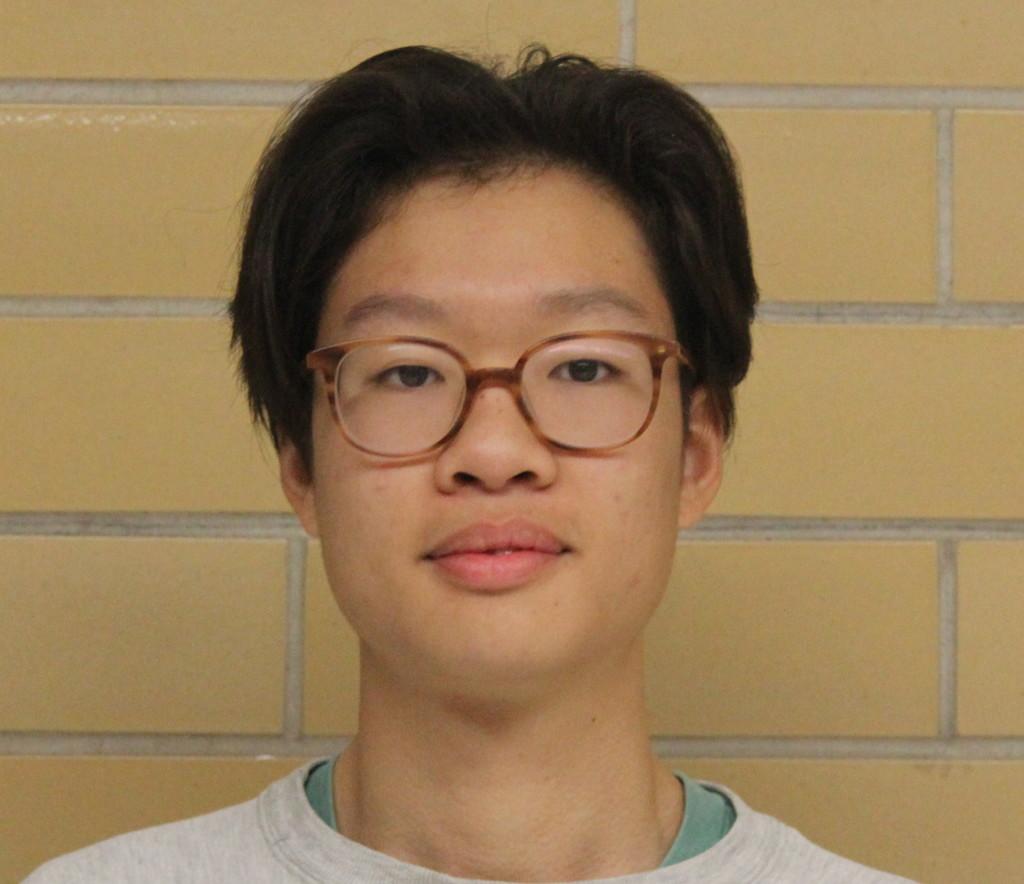
The Shield: Which visual art is your favorite?
Josh Tsang: I’d have to say photography.
TS: What other mediums do you work with?
JT: I do printmaking, and I try to paint sometimes, but not super often.
TS: How do they all compare to each other?
JT: I’d say painting is on the more tedious side and printmaking is just a really different process. I really like photography because it’s a lot more instant, compared to drawing a big portrait or something.
TS: What got you into photography?
JT: My dad and Instagram. My dad has always been into photography and then when I got my first phone, I started taking pictures, and that’s how it started.
TS: Why did you choose to major in the visual arts?
JT: I was originally going to go to LBJ/LASA and then I just decided to do visual arts here because I thought that would be a lot more interesting. I got into [the Fine Arts Academy] sophomore year so I wasn’t in the freshman class.
TS: OK. Do you want to pursue the fine arts as a career after high school?
JT: It’s a possibility. It’s about 50/50 between [art] and maybe architecture.
TS: How can your apply your experience in art to architecture?
JT: There’s more creativity in art than architecture. I’d like to make more interesting buildings. I’d like to make buildings that interact with the unique environment around them using the design aspect of art.
TS: Has being in the Fine Arts Academy changed how you view the arts?
JT: It has kind of trained my eye so I can apply critical thinking to the fine arts. Rather than just seeing art that is cool you can actually explain why it’s cool and react in a bunch of different ways.
TS: Have you faced any challenges as an art major?
JT: Yeah, for sure. For one, trying to meet deadlines and criteria while trying make something interesting to me. I’ve definitely done a lot of projects where it’s just been about [making art] rather than enjoying it. I definitely haven’t really had any formal training other than McCallum, so I feel like compared to a lot of other people the learning curve was a lot bigger, to learn how to paint and things like that.
TS: How do you think your high school experience would be different if you weren’t in the fine arts?
JT: I was going to go to LASA, so I would probably end up going there and working my butt off doing math and stuff.
TS: So are you glad you ended up choosing McCallum?
JT: Yeah, for sure. When I’m talking to all of my friends at LASA, everyone hates it there. They say it’s just like super hard and my friends are taking all these electives that are just like math classes, and I would much rather do art classes here than weird classes there.
TS: Do you have any outside of school projects involving the visual arts?
JT: This weekend I did a photography project with a friend on the east side. We went there and just walked 11th Street taking photos. I’m also working on doing more functional art on jean jackets and other stuff other than just a canvas.
TS: You involved in a project last year with sending cameras abroad, can you explain what that is?
JT: It was this social project as well as a foreign aid project where we sent cameras to Third World countries. We sent some to Kenya and to Colombia, and we partnered with some organizations that took care of youth and we gave them cameras to take pictures. Our goal was to document the poverty out there as well as the beauty. Since we had children take the photos, it was a lot more raw and personal than if a National Geographic photographer took them. That’s what we did, and then we held a gallery show at a local gallery called SprATX.
TS: Do you think that’s something you would like to continue?
JT: It was definitely an interesting project, but I don’t really see myself doing stuff like that in the future, but it’s definitely a possibility.
TS: Do you have a piece that you’re most proud of?
JT: In terms of photography, I have a lot of band photography that I like, and I’m really proud of those. I’m still waiting for a piece, I think it will come soon, that will be a lot more like, ‘Wow, I’m proud of this.’
TS: What is your process for taking photos?
JT: I usually try to come up with sort of a central theme. I really like photographing strangers out in the street, so instead of booking a session with a person you just go out in the street and try to take cool pictures.
TS: How do the strangers usually respond to that?
JT: Usually they’re really inviting. A lot of people like having their pictures taken.
TS: Do you have any interesting stories of people that you have taken pictures of?
JT: I was photographing at Castle Hill [and] I met this one street artist named Truth, or Mike Johnson, and we were chatting and he was super optimistic, like he said, “You’re the future of Austin right here, nice to meet you.”



